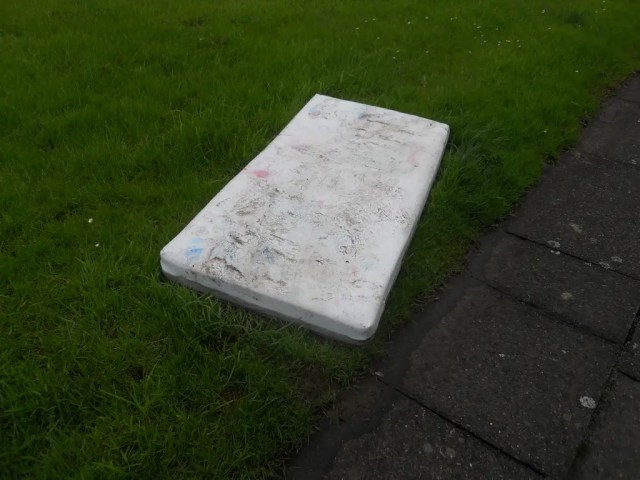400, 000 children live in such extreme poverty that their parents are unable to afford to buy them their own bed. The 400, 000 figure is an estimate made by the charity Buttle UK.
The charity calculated the estimated figure of 400, 000 based on a sample of the 10 000 families it helped last year. Among those 10 000 families, 25% of children did not have a proper bed of their own to sleep in.
Estimation errors aside for the moment (see below on this), I was altered to this shocking indicator of child poverty by a short item on Radio Kent, and although it has filtered through to mainstream news, it doesn’t seem to be particularly high up the agenda.
The impacts of ‘bed poverty’
As Buttle UK points out… one of the main problems with bed poverty is that it has a negative impact on children’s physical and mental health. If they are failing to get a decent night’s sleep, then they are less likely to be able to concentrate in school.
Then there is the rather grim fact that mattresses or pillows used as a bed, which are stored on the floor, are more likely to be infested with bugs that a mattress on a ‘normal’ raised bed. This means poor children are more likely to be infested with bugs than children with proper beds.
What are the causes of bed poverty?
Well, I guess this is down to the existence of poverty in general in the UK. A bed is one of those relatively large expenditure items that you can live without if necessary, so if you’re one of the nearly 30% of children living in absolute poverty (after housing costs) I guess it makes sense for your parents to prioritize food and heating before a bed.
The ideological choice to cut welfare payments which are part of ongoing Tory policy also obviously help to exacerbate the number of children in poverty in general and in ‘bed poverty’ in particular.
NB – Be cautious about these stats
Although I accept the fact that tens, maybe hundreds of thousands of of children live in ‘bed poverty’, I’m not convinced that the figure is as high as 400, 000. My reasoning is that the charity probably works with the very poorest, and I think that figure possibly uses ‘softer measurements’ of poverty to beef up their claim. (NB this is only a possibility, they don’t actually say in the article which measure of poverty they use to derived the 400, 000 figure!)
Relevance to the A-level sociology syllabus
This is yet another indicator of child poverty, and also probably a new concept (‘bed poverty’) for most students. It’s also a good example of ‘hidden poverty’ – this is a good example of an aspect of poverty that most of us wouldn’t even notice, even though the consequences are severe.
It has obvious relevance to the sociology of education: as explained above, those missing out on a decent night’s sleep will not be able to learn effectively. It’s a classic example of how material deprivation can affect class differences in education.
Finally, although I haven’t discussed it any depth here, this is also a good reminder of the need to be skeptical about the use of statistics – there are different measurements of poverty (relative and absolute), and I’m not actually convinced that the 400, 000 figure is valid. This is a good example of a statistic that is socially constructed and a campaign that possible lacks objectivity, so this can even be tied in to debates surrounding value freedom!
Image sources
Full Fact – poverty graph
This post will also be published to the steem blockchain!


